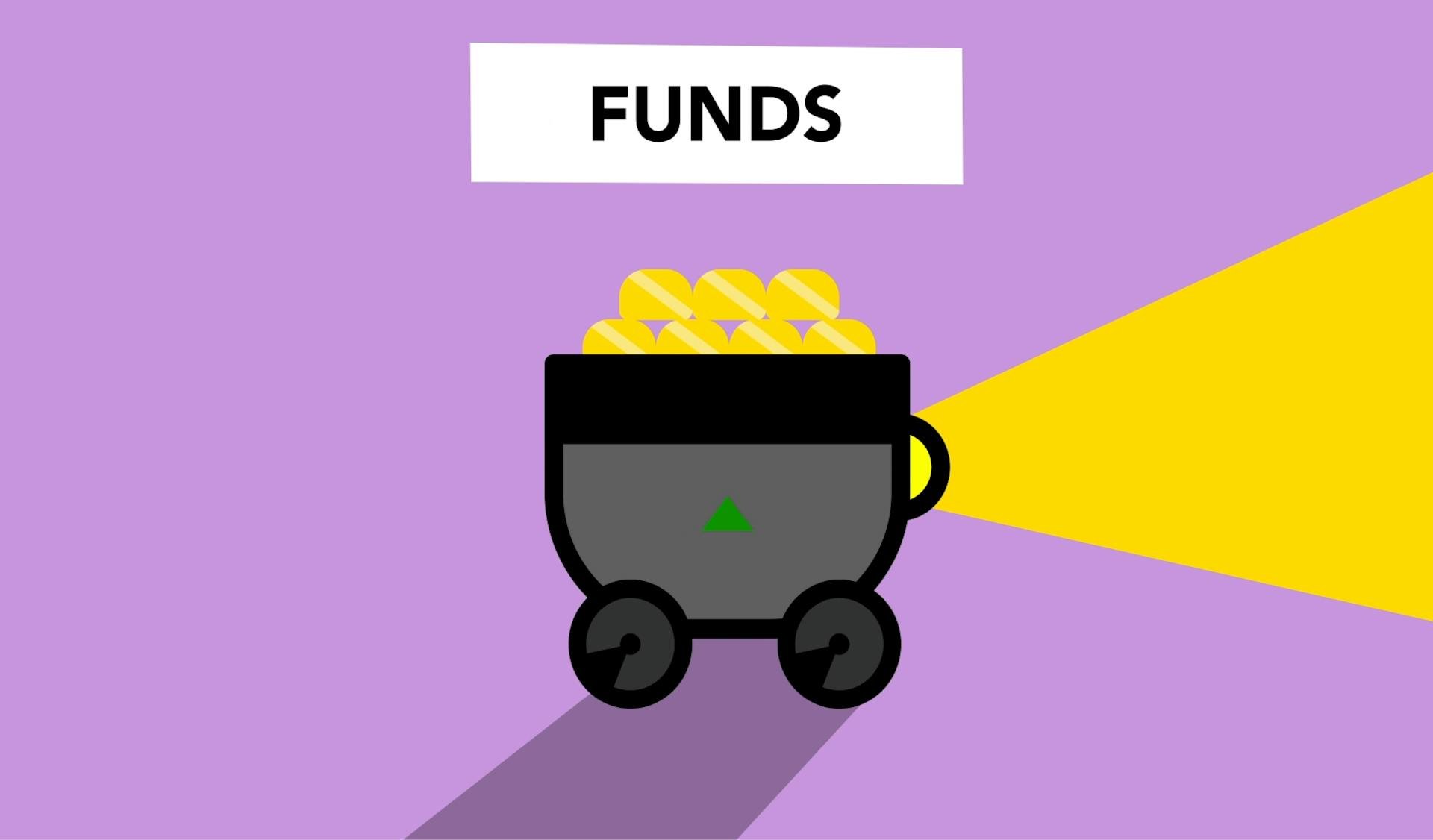
A back end load is a fee charged by some investment companies when you sell your investment. This fee can be a significant percentage of your investment's value.
It's usually expressed as a percentage of the investment's sale price. For example, if you sell an investment with a back end load of 5% and it's worth $10,000, you'll pay $500 in fees.
The back end load is often used to compensate the investment company for the services they provided during the time you held the investment. The fee can be a major factor in the overall cost of your investment.
See what others are reading: Should I Front Load My 401k
What Is Back End Load?
A back-end load is a commission or sales fee charged when an investment is sold.
The term "back-end load" is usually associated with mutual funds, but it can also apply to other investments like annuities and employer-sponsored retirement plans.
A back-end fee is an administrative charge used to pay for transaction costs and the advisor's expertise in selecting the investment.
Typical back-end fees range from 3 to 6% of the investment's value.
Mutual funds designated as Class-B shares will charge a back-end load to discourage early sales of the fund.
The fee usually diminishes over time, such as a 5% back-end load that reduces by 1% each year.
Key Concepts
A back-end load is a fee paid by investors when selling mutual fund shares, and it's expressed as a percentage of the value of the fund's shares.
This fee is paid to a financial intermediary and is not included in a fund's operating expenses. It's essential to understand that this fee is separate from the fund's operating costs.
You can often avoid back-end load fees by holding the fund for five to ten years. This is a common rule of thumb, but it's always best to check the specific fund's terms.
Exchange-traded funds (ETFs) and no-load mutual funds are widely available and do not have back-end loads. These options are great for investors who want to avoid these fees.
The back-end load is calculated by multiplying the investment value at sale by the back-end load percentage. This will give you the amount of the fee.
Here's the calculation formula:
Net Investment Value = Investment Value at Sale - Back-End Fee
Back-End Fee = Investment Value at Sale x Back-End Load
Benefits and Advantages
Back-end loads are often misunderstood, but they do have some benefits. One advantage is that they discourage overtrading and unnecessary early withdrawals.
Investors can avoid back-end load fees by holding the fund for five to ten years. This gives them a chance to let their investments grow without being penalized.
Class B shares often convert to Class A shares with lower expense ratios after six to eight years. This means investors can eventually enjoy lower fees.
One significant advantage of back-end load fees is the lower initial investment cost compared to front-end load fees. This can make it easier for investors to enter the market and build their portfolios.
Back-end load fees promote long-term investing as the fees decrease over time. This incentive encourages investors to hold onto their investments, which can lead to more stable, long-term returns.
Here are some key benefits of back-end loads:
- Discourages overtrading and unnecessary early withdrawals
- Can be avoided by holding the fund for five to ten years
- Class B shares convert to Class A shares with lower expense ratios after six to eight years
- Lower initial investment cost compared to front-end load fees
Potential Drawbacks
Back-end load investments can have some drawbacks to consider.
The fees associated with selling or redeeming shares can be a significant drawback. This reduction in liquidity can limit investors' ability to access their funds if needed quickly.
Investors in back-end load investments may need more liquidity due to the fees.
Disadvantages

Back-end load investments come with some significant disadvantages that you should be aware of before investing.
One of the main drawbacks is the potential for reduced liquidity, which can limit your ability to access your funds if needed quickly.
Investors in back-end load investments may need to hold onto their investments for a long time to take advantage of lower fees, but this can also mean that their money is tied up and not readily available.
The fee structures associated with back-end load investments can be complicated and challenging to understand, making it difficult to make informed decisions about your investment.
Investors must carefully consider the CDSC schedule and its potential impact on their investment returns before committing to a back-end load investment product.
Complicated Fee Structures
Complicated Fee Structures can be a real challenge for investors. Back-end load investments often come with a CDSC (Contingent Deferred Sales Charge) schedule that can be difficult to understand.
Investors need to carefully review the CDSC schedule to determine how much they'll be charged when they redeem their shares. This can impact their investment returns significantly.
The fee structures associated with back-end load investments can be complicated, making it hard for investors to make informed decisions. Class C shares, for example, may charge low back-end loads, but they often have higher operating expenses.
Investors must consider the potential impact of CDSC fees on their investment returns before committing to a back-end load investment product. This requires a thorough understanding of the fee structure and its implications.
SEC Rules
The SEC Rules play a significant role in regulating back-end load fees. They require investment companies to disclose these fees to investors.
The SEC's rules aim to protect investors by providing them with transparent information about the costs associated with investment products. This means investors can make informed decisions about their investments.
The SEC regulates back-end load fees, which are fees charged by investment companies when investors sell their investments. These fees can be substantial and can eat into investors' returns.
Investment companies must comply with the SEC's rules and disclose back-end load fees to investors. This helps investors understand the true costs of their investments.
Investor Protection Measures
Investor protection measures are crucial in the financial industry to safeguard investors from unfair practices. FINRA and the SEC enforce regulations that ensure back-end load fees are disclosed transparently.
Investors should be aware of the measures in place to protect them. FINRA and the SEC work together to prevent investment companies from hiding back-end load fees.
Investment companies must follow fair practices, and investor protection measures help maintain this standard. By doing so, investors can make informed decisions about their investments.
Investors have the right to know about back-end load fees and how they might affect their investments. Transparency is key in the financial industry.
For more insights, see: Financial Backing
Frequently Asked Questions
How is back-end load calculated?
Back-end load fees are calculated as a percentage of the investment amount, decreasing over time according to the investment product's schedule. This means the fee percentage will gradually decrease as you hold onto your investment.
Sources
- https://www.investopedia.com/terms/b/back-end-load.asp
- https://moneyzine.com/personal-finance/back-end-load/
- https://www.financestrategists.com/wealth-management/investments/mutual-fund/back-end-load/
- https://www.bankrate.com/investing/load-vs-no-load-mutual-funds/
- https://filingbuddy.global/en-in/glossary/back-end-load
Featured Images: pexels.com


